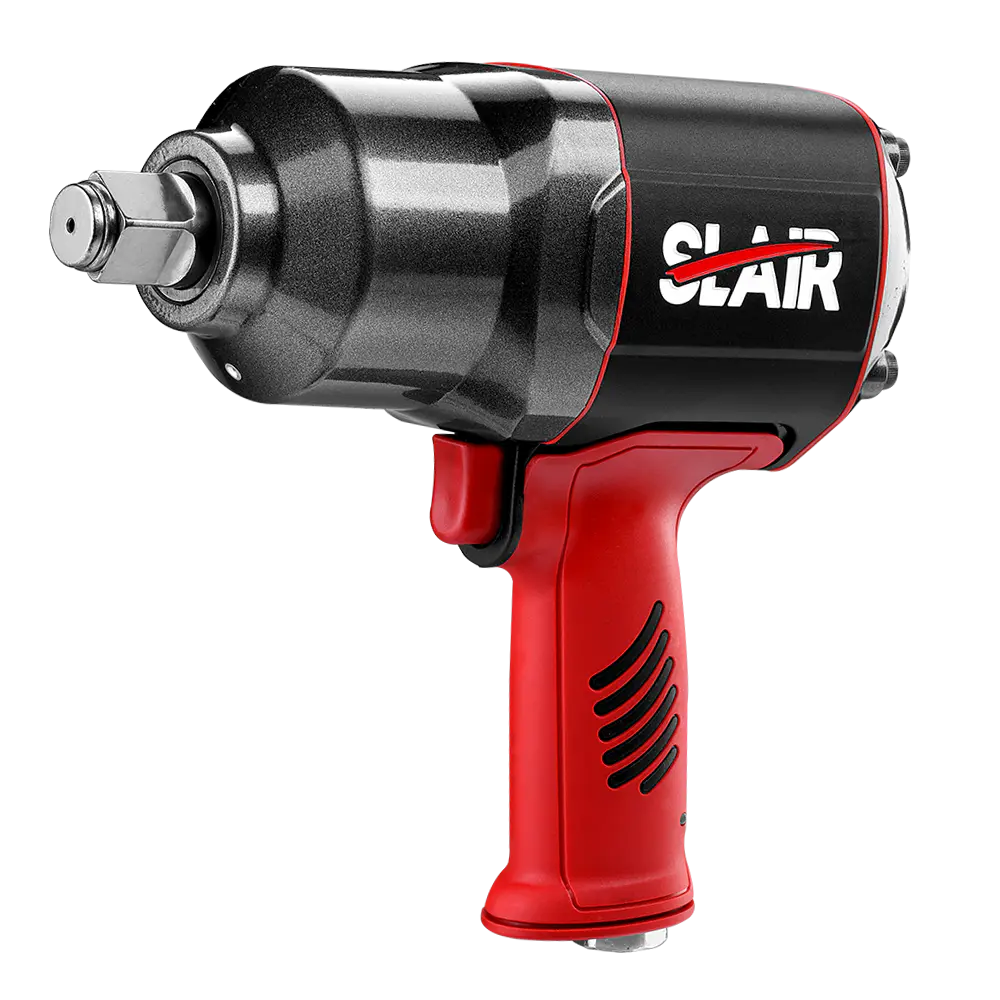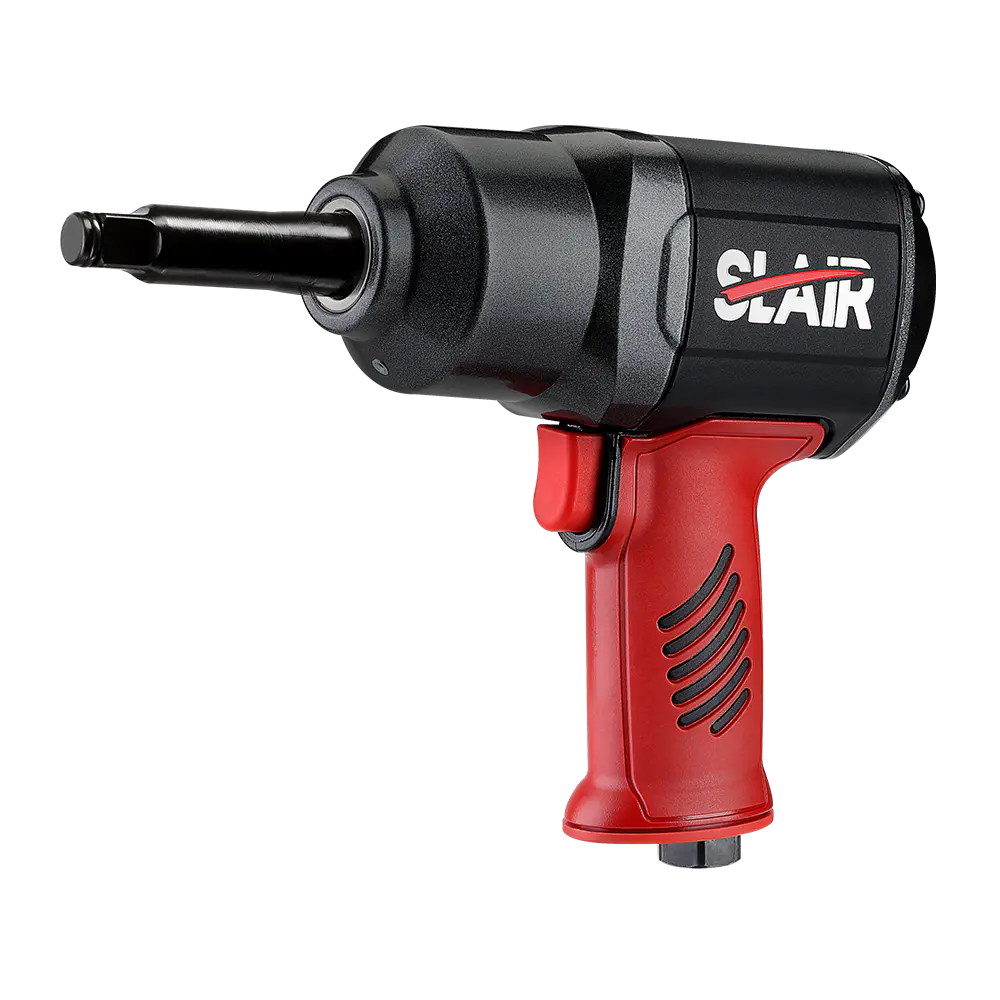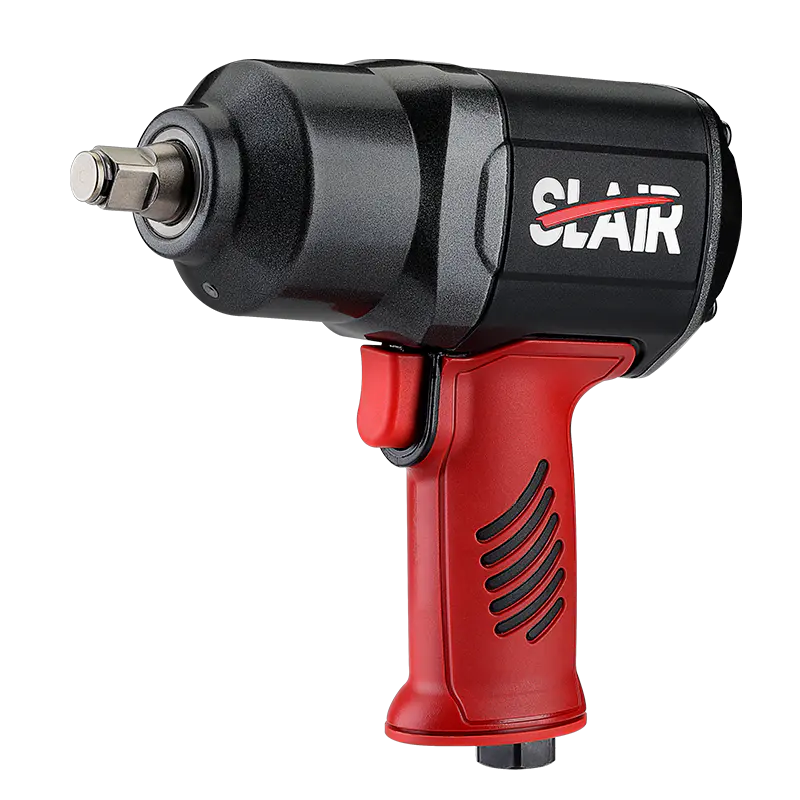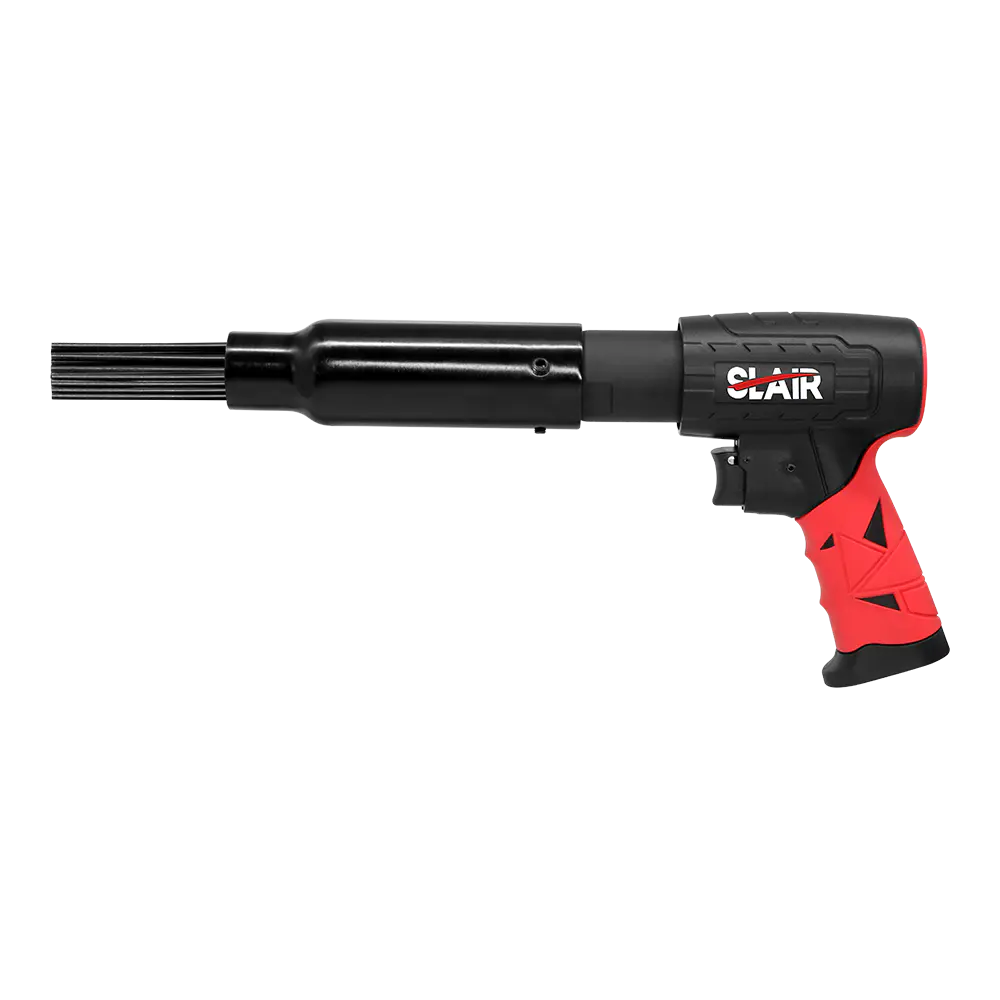Prolonged exposure to high levels of vibration from an Air Needle Scaler can significantly contribute to user fatigue. When vibration is transmitted through the tool, it affects the hands, wrists, and arms. Over time, this constant vibration causes muscle fatigue, leading to decreased grip strength and diminished precision. Workers may find it increasingly difficult to control the tool, resulting in less accurate work, especially in tasks requiring intricate details such as surface preparation, rust removal, or paint stripping. The longer the tool is used, the harder it becomes to maintain steady control, reducing both efficiency and the quality of the output.
The primary health risk associated with prolonged vibration exposure is Hand-Arm Vibration Syndrome (HAVS). This condition affects the blood vessels, nerves, and muscles of the hand and arm, leading to symptoms such as tingling, numbness, pain, and reduced dexterity. Over time, HAVS can result in permanent damage to the hands and arms, severely impacting an operator's ability to perform daily tasks. Symptoms might worsen with continued exposure, and in severe cases, workers can develop long-term disability, including loss of grip strength, muscle wasting, and cold sensitivity. Preventing this condition is critical, especially in environments where workers rely on tools like the Air Needle Scaler for extended periods.
The physical discomfort experienced due to high vibration levels can significantly hinder the comfort and usability of an Air Needle Scaler during prolonged sessions. As the vibration transfers to the hands, users may experience hand fatigue and numbness, which in turn causes them to take frequent breaks. This can disrupt the work process and reduce overall productivity. The sensation of vibration may cause discomfort, especially when the tool needs to be held in a fixed position for a prolonged period, such as when cleaning or removing stubborn materials. This discomfort can be exacerbated by external factors, such as low temperatures or the use of improper gloves.
To address the issue of excessive vibration, many modern Air Needle Scalers are equipped with vibration-dampening technologies. These include ergonomically designed handles that are built to reduce vibration transmission to the user’s hands. Tools may also incorporate anti-vibration systems, such as vibration-reducing springs or shock-absorbing materials within the handle or body of the tool. Such features ensure that the vibrations are absorbed or diffused before they reach the user's hands, reducing their intensity and minimizing the physical strain on the operator. By decreasing the level of vibration, these designs help reduce the potential for fatigue, discomfort, and long-term health risks.
High vibration levels from an Air Needle Scaler can directly affect work efficiency and productivity. Since excessive vibration often leads to frequent breaks for the user, this can lead to downtime during work sessions. Moreover, the fatigue caused by prolonged exposure to vibration can reduce the worker's ability to maintain high-quality output, as the discomfort may force them to work more slowly or with less precision. The tool's reduced performance, in turn, delays the project timeline, especially in large-scale or industrial applications where speed and efficiency are essential.
One of the primary factors influencing comfort in high-vibration tools is the ergonomics of the handle design. Ergonomically designed handle, such as those made with soft, padded grips or contoured shapes, helps distribute the force of vibration more evenly across the hands, reducing localized pressure points and strain. Anti-slip materials also ensure that the tool remains secure in the user's hands, which can be particularly important when working in wet or oily conditions. Some tools come with vibration-reducing foam or gel padding inside the handle, which can further minimize vibration transmission.





 English
English 中文简体
中文简体 русский
русский Deutsch
Deutsch Português
Português Español
Español
















